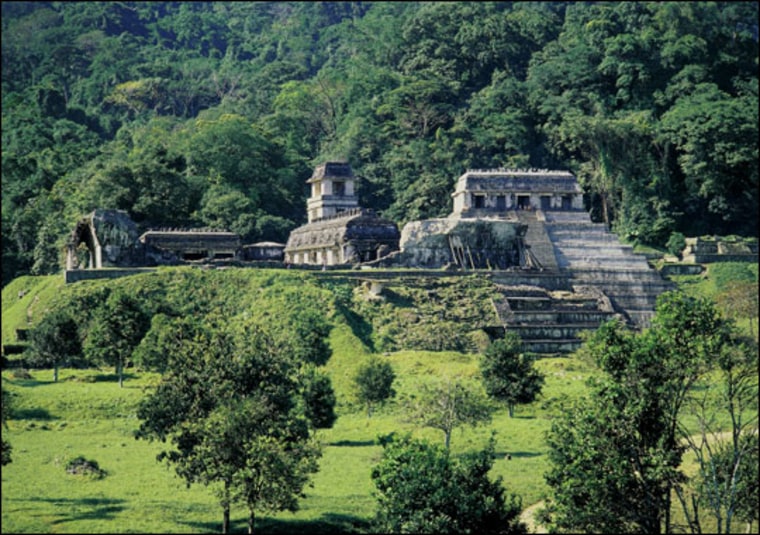The vast empires of the Incas and Aztecs were highly advanced. They kept detailed tax records, built elaborate temples, and at their height, Central and South America boasted a thriving population of as many as 60 million souls.
But their grand civilizations bore another trapping of modernity, scientists have found, one that until recently was thought unique to our industrialized world: human-induced climate change.
In the 16th century, the diseases Europeans brought to the New World decimated native peoples. With no natural defense against smallpox, yellow fever, and a host of exotic new pathogens, 90 percent of the population was dead by 1600.
"We're talking about wiping out about 9 percent of the world's population at the time," said Richard Nevle of Bellarmine College Preparatory School, in San Jose, Calif.
According to Nevle and co-author Dennis Bird of Stanford University, the killing left a lasting impact on the global climate. Suddenly as much as 500,000 square kilometers (193,051 square miles) of cleared farmland was no longer being tended, an area slightly larger than California. And as the rainforest crept back in, it vacuumed carbon dioxide out of the atmosphere in the process.
In all, the authors estimate that reforestation of South and Central America could have removed up to 10 billion tons of carbon from the atmosphere.
Around the same time, climate records show from that global temperatures cooled about 0.1 degrees centigrade (about 0.2 degrees Fahrenheit) from 1500 until 1750. But in northern Europe the dip was far more dramatic, and came to be known as the Little Ice Age.
"You had advancing glaciers, frost and snow in places it had never been seen before," Bird said. "When you have a couple of years of bad weather, people take notice. But when you have 200 bad winters in a row, that's something to write home about."
"You expect that after a pandemic like that, you're going to see a recovery in land cover," said Jed Kaplan of Ecole Polytechnique Federale de Lausanne (EPFL) in Switzerland, who was not involved in the study. "We see a similar sort of reforestation following a real crash in population after the Black Death, from 1350 to 1450."
CO2 levels didn't drop nearly as much after the Black Death, perhaps three parts per million, compared to five to eight ppm following the American pandemic.
Nevle and Bird admit that volcanic activity and a decrease in the sun's intensity probably both played roles in triggering the Little Ice Age. Still, Bird said, human activity was undeniably important.
"Humans have been in altering climate for longer than we ever imagined," Bird said.
"We can use this as an analogy to what we're dealing with today [with global warming]," he added. "We are going to have to have some drastic changes in our lifestyle, and they have to be long-lived if we're going to get out of this mess we're currently in."
More on Climate change | Aztecs
